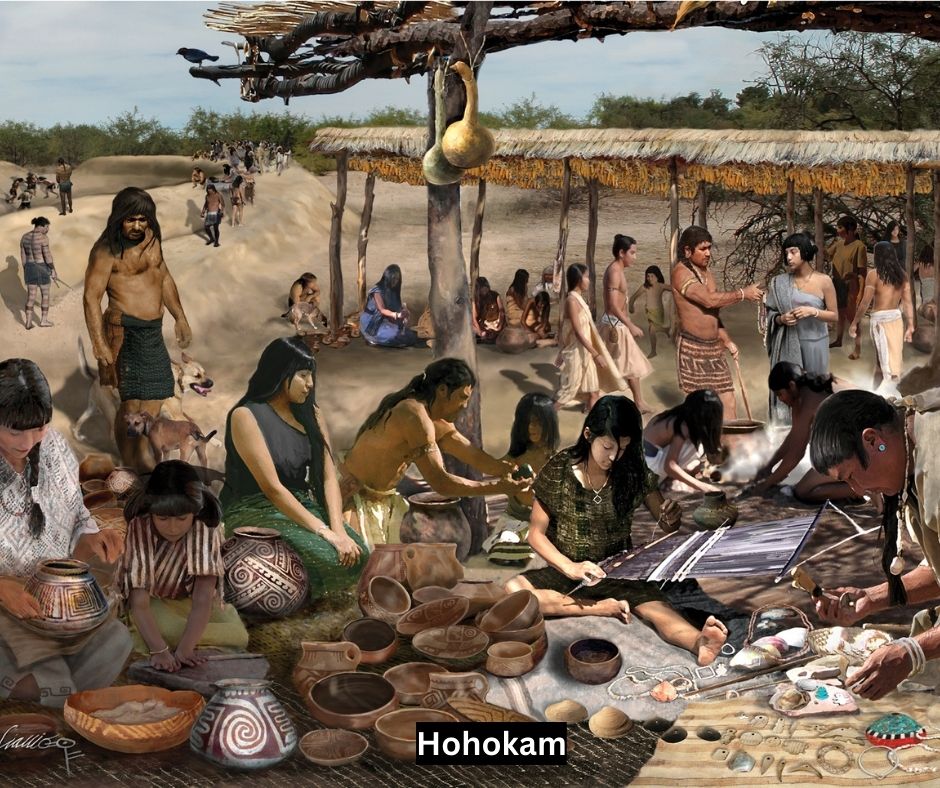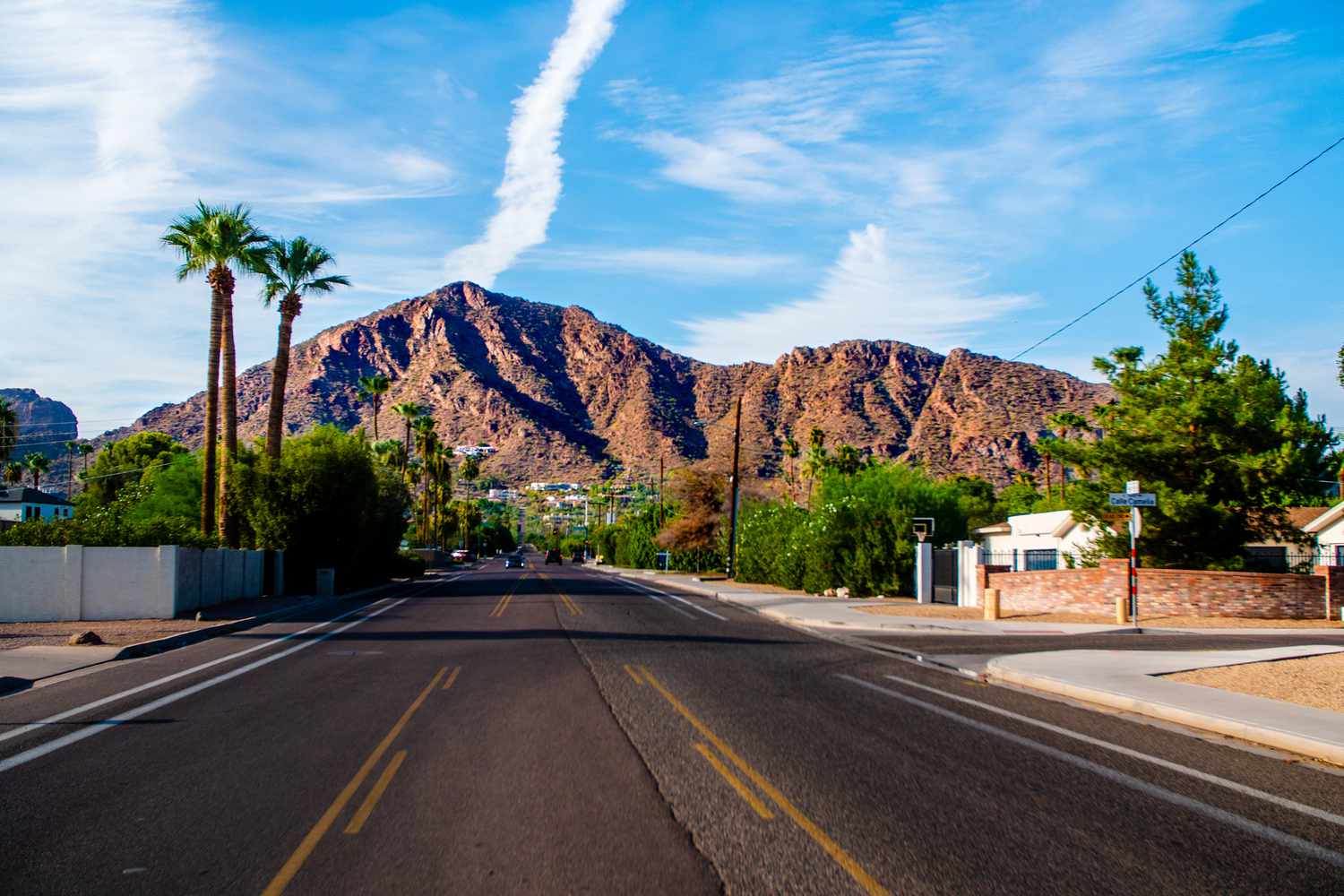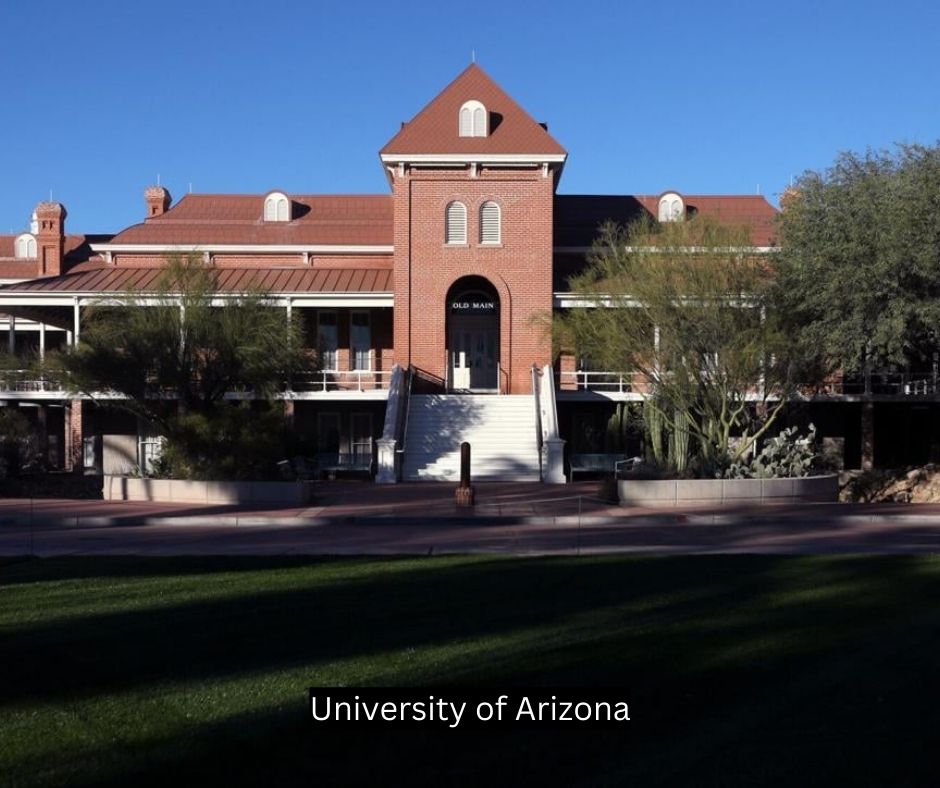
Arizona, known as the Grand Canyon State, is located in the southwestern region of the United States. It is the sixth largest state in terms of area and the 14th most populous. Arizona is renowned for its desert climate, with hot summers and mild winters, particularly in its southern parts. However, the state also features significant geographical diversity, including forests, mountain ranges, and the iconic Grand Canyon.
Geography
Physical Landscape
Arizona is a land of contrasts, with a landscape that includes vast deserts, towering mountain ranges, and lush forests. The state's topography is divided into three main regions: the Colorado Plateau in the north, the Transition Zone in the center, and the Basin and Range region in the south.
Colorado Plateau
 The Colorado Plateau, which occupies the northern part of the state, is characterized by high desert, deep canyons, and significant geological formations. The Grand Canyon, one of the most famous natural landmarks in the world, is situated in this region. Carved by the Colorado River, the Grand Canyon stretches for 277 miles and plunges to depths of over a mile.
The Colorado Plateau, which occupies the northern part of the state, is characterized by high desert, deep canyons, and significant geological formations. The Grand Canyon, one of the most famous natural landmarks in the world, is situated in this region. Carved by the Colorado River, the Grand Canyon stretches for 277 miles and plunges to depths of over a mile.
Transition Zone
The Transition Zone is a rugged area with significant elevation changes, acting as a natural bridge between the Colorado Plateau and the Basin and Range region. This zone features a mix of forests and grasslands, with several mountain ranges, including the Mogollon Rim and the White Mountains.
Basin and Range Region
The southern part of Arizona is part of the Basin and Range region, characterized by arid desert basins separated by mountain ranges. This area includes the Sonoran Desert, known for its unique flora and fauna, including the saguaro cactus, which has become a symbol of the state.
Climate
Arizona's climate varies significantly across its regions. The southern and central parts of the state experience a desert climate, with extremely hot summers and mild winters. Temperatures in the summer often exceed 100 degrees Fahrenheit. In contrast, the northern part of the state, including the high plateau regions, experiences a more temperate climate with colder winters, and even significant snowfall in the higher elevations.
History
Pre-Colonial Era
Arizona has a rich history that predates European colonization. Indigenous peoples, including the Hohokam, Ancestral Puebloans, Mogollon, and Sinagua, inhabited the region for thousands of years. These cultures built sophisticated irrigation systems, cliff dwellings, and trade networks. 
Spanish and Mexican Period
The first Europeans to arrive in Arizona were Spanish explorers in the 16th century. The region became part of the Spanish Empire and later the Mexican territory following Mexico's independence from Spain in 1821. Spanish missions and presidios were established to spread Christianity and secure the territory.
American Acquisition
Arizona became part of the United States as a result of the Treaty of Guadalupe Hidalgo in 1848, which ended the Mexican-American War. The Gadsden Purchase in 1853 further defined the southern border of the state. Arizona was initially part of the New Mexico Territory until it became its own territory in 1863.
Statehood
Arizona became the 48th state of the United States on February 14, 1912. It was the last of the contiguous states to join the Union. Statehood marked the beginning of significant development and population growth, driven by mining, agriculture, and later, tourism and manufacturing.
Economy
Early Economy
Arizona's early economy was primarily based on mining, with the discovery of copper, gold, and silver playing a crucial role. The state's nickname, the Copper State, reflects the importance of this industry. Agriculture, particularly cotton and citrus farming, also contributed to the economy.
Modern Economy
Today, Arizona has a diversified economy with significant contributions from several sectors. Tourism remains a major industry, with millions of visitors attracted to the Grand Canyon, national parks, and golf resorts. The state is also a hub for aerospace and defense industries, with major companies like Raytheon and Honeywell having significant operations.
Technology and Innovation
In recent years, Arizona has emerged as a center for technology and innovation. The Phoenix metropolitan area, also known as the Valley of the Sun, has become a tech hub, attracting companies and startups in software, semiconductors, and renewable energy. The state's favorable business climate, including lower taxes and a skilled workforce, has fueled this growth.
Demographics
Population
As of the 2020 Census, Arizona has a population of approximately 7.2 million people. The state has seen rapid population growth, particularly in urban areas. Phoenix, the state capital, is the fifth most populous city in the United States, and Tucson, the second-largest city, is a significant cultural and economic center. 
Ethnic Composition
Arizona is one of the most ethnically diverse states in the country. According to the 2020 Census, the population is composed of approximately 54% White, 32% Hispanic or Latino, 5% Native American, 4% Black or African American, and 3% Asian. The state has a significant Native American population, with 22 federally recognized tribes, including the Navajo Nation, the largest in the country.
Languages
English is the predominant language spoken in Arizona, but Spanish is also widely spoken, reflecting the state's Hispanic heritage. Navajo and other Native American languages are spoken in indigenous communities.
Find out more about Arizona Probate Bonds here and our License & Permit Bonds in Arizona.
Here is our page on Arizona Performance Bonds and our page on Bid Bonds in Arizona.
Culture
Indigenous Heritage
Arizona's culture is deeply influenced by its indigenous heritage. The state is home to numerous Native American tribes, each with its own unique traditions, languages, and customs. The Hopi, Navajo, Apache, and Tohono O'odham are among the prominent tribes. Native American art, jewelry, and crafts are integral to Arizona's cultural identity.
Mexican Influence
Arizona's proximity to Mexico has led to a significant Mexican cultural influence. This is evident in the state's cuisine, festivals, and architecture. Traditional Mexican foods such as tacos, enchiladas, and tamales are staples in Arizona, and celebrations like Cinco de Mayo and Dia de los Muertos are widely observed.
Arts and Festivals
The state has a vibrant arts scene, with numerous galleries, theaters, and museums. The Heard Museum in Phoenix is renowned for its extensive collection of Native American art. Scottsdale is known for its contemporary art galleries and the annual Scottsdale Arts Festival. Tucson hosts the Tucson Gem and Mineral Show, one of the largest gem and mineral shows in the world. 
Outdoor Recreation
Arizona's diverse landscape makes it a paradise for outdoor enthusiasts. Hiking, rock climbing, and camping are popular activities in areas like the Grand Canyon, Sedona, and the Superstition Mountains. The state is also famous for its golf courses, with Scottsdale being a premier golf destination.
Education
Primary and Secondary Education
Arizona's public education system consists of numerous school districts serving students from kindergarten through 12th grade. The state has implemented various education reforms aimed at improving standards and accountability. Charter schools and private schools also play a significant role in the education landscape.
Higher Education
Arizona is home to several major universities and colleges. The University of Arizona in Tucson and Arizona State University in Tempe are the largest public universities, known for their research programs and academic excellence. Northern Arizona University in Flagstaff is also a significant institution, particularly in the fields of forestry and environmental science.
Transportation
Roadways
Arizona's transportation infrastructure includes an extensive network of highways and roads. Interstate 10 and Interstate 40 are the major east-west routes, while Interstate 17 and Interstate 19 provide north-south connections. The state's freeway system facilitates travel and commerce within and beyond its borders.
Public Transit
Public transportation options in Arizona's urban areas include buses, light rail, and commuter rail services. The Valley Metro system in the Phoenix metropolitan area provides extensive bus and light rail services, while Tucson's Sun Tran system serves the city and surrounding areas.
Airports
Arizona is served by several major airports, with Phoenix Sky Harbor International Airport being the largest and busiest. Tucson International Airport and smaller regional airports provide additional connectivity for residents and visitors.
Government and Politics
State Government
Arizona's government is structured into three branches: executive, legislative, and judicial. The Governor is the chief executive officer, while the bicameral Arizona Legislature comprises the Senate and the House of Representatives. The Arizona Supreme Court heads the judicial branch.
Political Landscape
Arizona has traditionally been a conservative state, with the Republican Party holding significant influence. However, recent years have seen shifts in the political landscape, with increasing competitiveness between Republicans and Democrats. Issues such as immigration, education, and healthcare are central to the state's political discourse.
Conclusion
Arizona is a state of remarkable diversity and contrast, from its stunning natural landscapes to its rich cultural heritage. Its dynamic economy, growing population, and vibrant cultural scene make it a unique and important part of the United States. Whether exploring the depths of the Grand Canyon, experiencing the fusion of cultures, or engaging in cutting-edge technological innovation, Arizona offers a wealth of opportunities and experiences.
